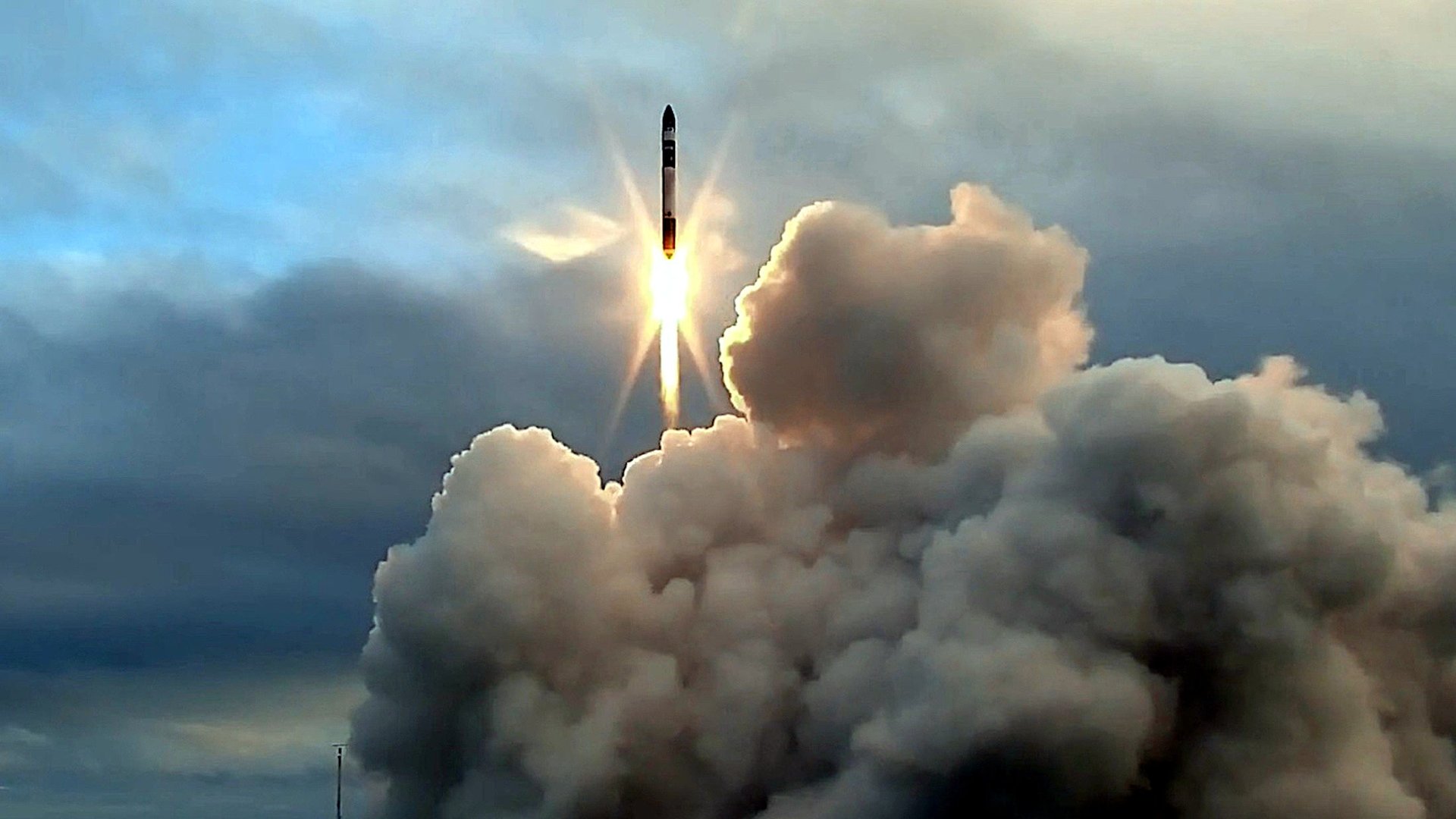A 3D printed, carbon fiber rocket flew for the first time in New Zealand
One of the world’s most promising new rocket companies successfully launched its first rocket to space from New Zealand’s Mahia Peninsula on May 25.


One of the world’s most promising new rocket companies successfully launched its first rocket to space from New Zealand’s Mahia Peninsula on May 25.
Though the 17-meter-tall rocket and its test payload didn’t make it to orbit, its flight to space represents an important milestone.
“We had a great first stage burn, stage separation, second stage ignition and fairing separation,” Rocket Lab founder and CEO Peter Beck said after the flight. ”We didn’t quite reach orbit, and we’ll be investigating why. However, reaching space in our first test puts us in an incredibly strong position to accelerate the commercial phase of our program.”
Rocket Lab, a company recently valued at $1 billion by private investors, has been waiting since May 22 to test its first product, a rocket called Electron designed to launch small satellites into orbit. Its outer shell is made almost entirely of carbon fiber, and it boasts an electric turbopump and a 3-D printed engine. A successful launch will provide key data to refine the rocket’s construction, and validate the hopes of both the company’s backers and a slew of other small satellite firms desperate to see their own technology put into space.
A new generation of rocket companies, led by Elon Musk’s SpaceX, have made cheaper access to space a reality. In response, numerous companies have come up with new satellite business plans, creating a glut of demand for rocket launches. With SpaceX and its competitors largely focused on the lucrative business of launching large, expensive satellites, several companies are racing to bring smaller rockets, capable of being launched with little lead time, to service the lower end of the market.
Rocket Lab is among the leaders in this race, a binational firm with facilities in California and its launch center in New Zealand. The Electron is expected to cost $5 million and carry 225 kilograms of cargo into orbit. For comparison, a brand new SpaceX Falcon 9 lists at $60 million per launch and can carry some 22,800 kilograms into low-earth orbit. But Rocket Labs hopes to launch as many as 50 times a year, a major increase in cadence from the pace set by launch companies today.
The company’s first test rocket had been waiting patiently to fly for several days. Its obstacle was a common one in rocketry: clouds.
While rockets are capable of generating enormous amounts of force to heave their cargo out of gravity’s reach, the wrong atmosphere conditions stand in their way. This is not because clouds would deflect the rocket—at maximum output, it can generate 40,000 pounds of force—but that incredible speed through the atmosphere can result in something called “triboelectrification,” when friction builds up an electrical charge on the surface of the rocket, which could zap guidance computers or other electronics. Basically, it’s like the static electricity generated when you rub your socks on a carpet and then touch a door knob, but on a grand scale.
It’s a concern faced by rocketeers from Cape Canaveral in the US to the Baikonur Cosmodrome in Kazakhstan. Having waited patiently for their opportunity, Rocket Lab’s engineers were able to make a successful flight.
Once Electron is fully qualified to take cargo into orbit, Rocket Lab already has customers lined up in NASA, the small satellite companies Planet and Spire, and even Moon Express, which hopes to launch a moon probe and win the Google Lunar XPrize on an Electron rocket. Rocket Lab has also just sold a launch to Spaceflight Industries, a company that acts as a broker for space access.
Rocket Lab is not the only small rocket company looking at this market. US-based Vector Space is also entering the test phase of its own effort to field a small satellite-hauling rocket, launching a reduced-size prototype with a full-size engine in the Mojave desert in early May. The company is planning a handful of suborbital tests this year to develop the vehicle before bringing it to full commercial use.